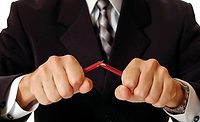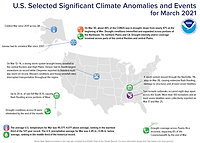The ongoing cost of a dirty bomb in downtown Los Angeles would measure around $16 billion, a University of Southern California research study concluded.
The USC and the National Science Foundation researchers examined the eventual cost of restoring the Los Angeles financial district after a terrorist attack, most likely a dirty bomb.
"A dirty bomb creates a small explosion that distributes radiation for about a square mile," describes an article from the Huffington Post. "It is a likely terrorist weapon because it is small enough to fit in a briefcase and because the idea of radiation frightens people."
The goal of the study was not to frighten people, researchers said, but to alert policymakers to the potential ongoing impact of an attack.
The initial costs of a dirty bomb attack measured at around $1 billion, the study says, mostly for injuries, cleanup and business closures. But the psychological effects continued long after the cleanup was finished, and they cost 15 times more.
The researchers surveyed 625 people nationwide, showing them mock newspaper articles and news briefs of the attack.
The study found that, six months later, 41 percent of the surveyed civilians still wouldn't go to the L.A. financial district to shop or dine. Employees in that district, the study showed, would demand a 25 percent raise to return to their jobs there.
That fear could continue for a decade, the study says.
However, the psychological costs could be cut nearly in half if policymakers communicate exactly what they're doing at every stage of the clean-up process, said USC researcher Adam Rose to the Huffington Post. The study's authors are presenting the study and communication tactics to local, state and federal policymakers.



